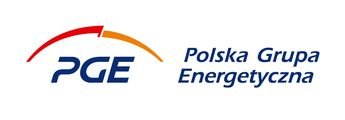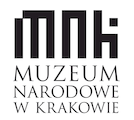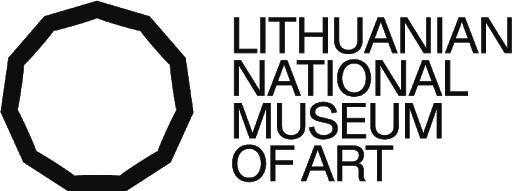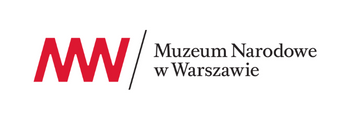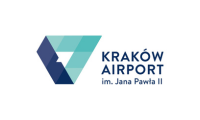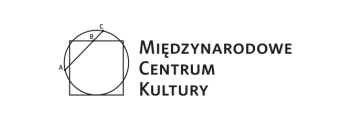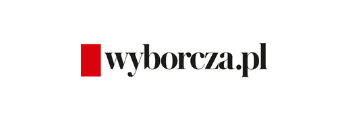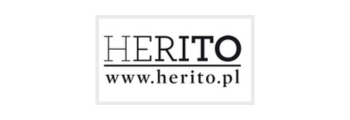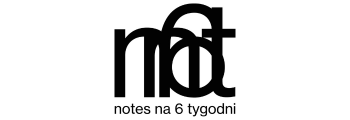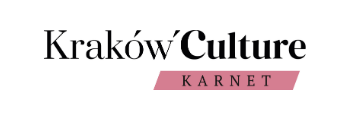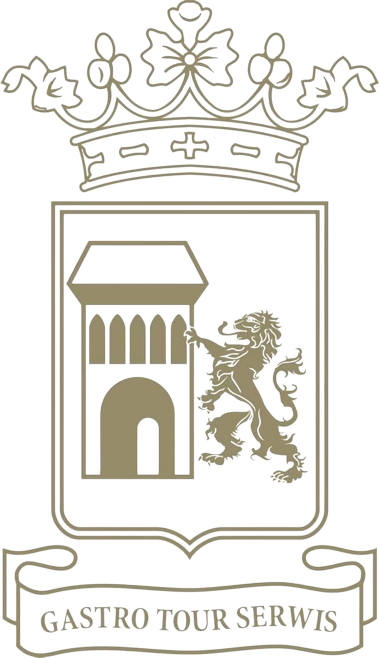MNK The Main Building
al. 3 Maja 1- Monday: closed
- Tuesday - Sunday: 10.00-18.00
Information and reservations on weekdays 9 a.m.- 4 p.m.
Director of the National Museum in Krakow
Deputy Director for Scientific Activities
Deputy Director for for Exhibition Activities
Deputy Director for Strategy and Communications
Deputy director for the Management
Chief Accountant
Chief Cataloguer of the National Museum in Krakow
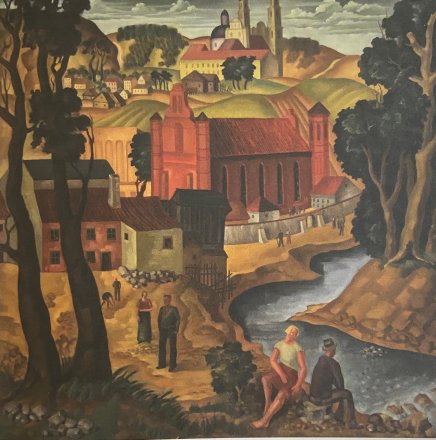
The exhibition shows Vilnius in an exceptionally complicated historical period. We become acquainted with the city thanks to paintings, graphics, photographs and other works of contemporary artists.
In the years 1918–1948 Vilnius passed from hand to hand – it became part of Poland and Lithuania and was occupied by both the Nazis and the Soviet army. Occupations and wars radically changed the social structure and population of the city, and also influenced its architecture and urban planning.
The seven-part narrative of the exhibition shows how the artists of the then multi-ethnic and multi-cultural Vilnius perceived their city. Apart from representatives of Polish culture, an important role in creating this image was also played by Lithuanian, Jewish and Belarusian artists.
The exhibition presents the works of Vilnius artists stored in Polish and Lithuanian cultural heritage institutions. In addition to the well-known and repeatedly presented works by the classics of Vilnius art, e.g. Ferdynand Ruszczyc, Jan Bułhak, Ludomir Sleńdziński, Bronisław Jamontt, Michał Rouba and Jerzy Hoppen, you can also see paintings and graphics of the younger generation of artists, which included e.g. Joanna Karpińska, Hanna Milewska, Józef Horyd and Hadassa Gurewicz-Grodzka. Some of their works are shown for the first time. Glimpses of the avant-garde on the artistic scene of Vilnius, which is considered an important centre of neoclassicism, are represented by paintings by Vytautas Kairiūkštis and his colleague Władysław Strzemiński, photographs by Bauhaus student Moї Ver (Moshé Raviv-Vorobeichic), watercolours by Bencion Michtom, and a model of the famous statue of Adam Mickiewicz by Zbigniew Pronaszko. The image of Vilnius was extended by the Lithuanian chapter, consisting of landscapes and portraits by Vladas Drėma, Antanas Gudaitis, Juozas Mikėnas, Algirdas Petrulis and Adomas Varnas. The culmination of the narrative are works born out of nostalgia for the lost Vilnius, including graphics and paintings by Andrzej Wróblewski, an outstanding figure of Polish post-war art, inspired by the experiences of his youth spent in this city.
Curators: Giedrė Jankevičiūtė, Andrzej Szczerski
Coordinators: Ieva Mazūraitė-Novickienė, Katarzyna Pawłowska
Exhibition arrangement design: Magdalena Bujak
"Wilno, Vilnius, Vilne 1918-1948: One City - Many Stories"
Co-financed by the Minister of Culture and National Heritage.
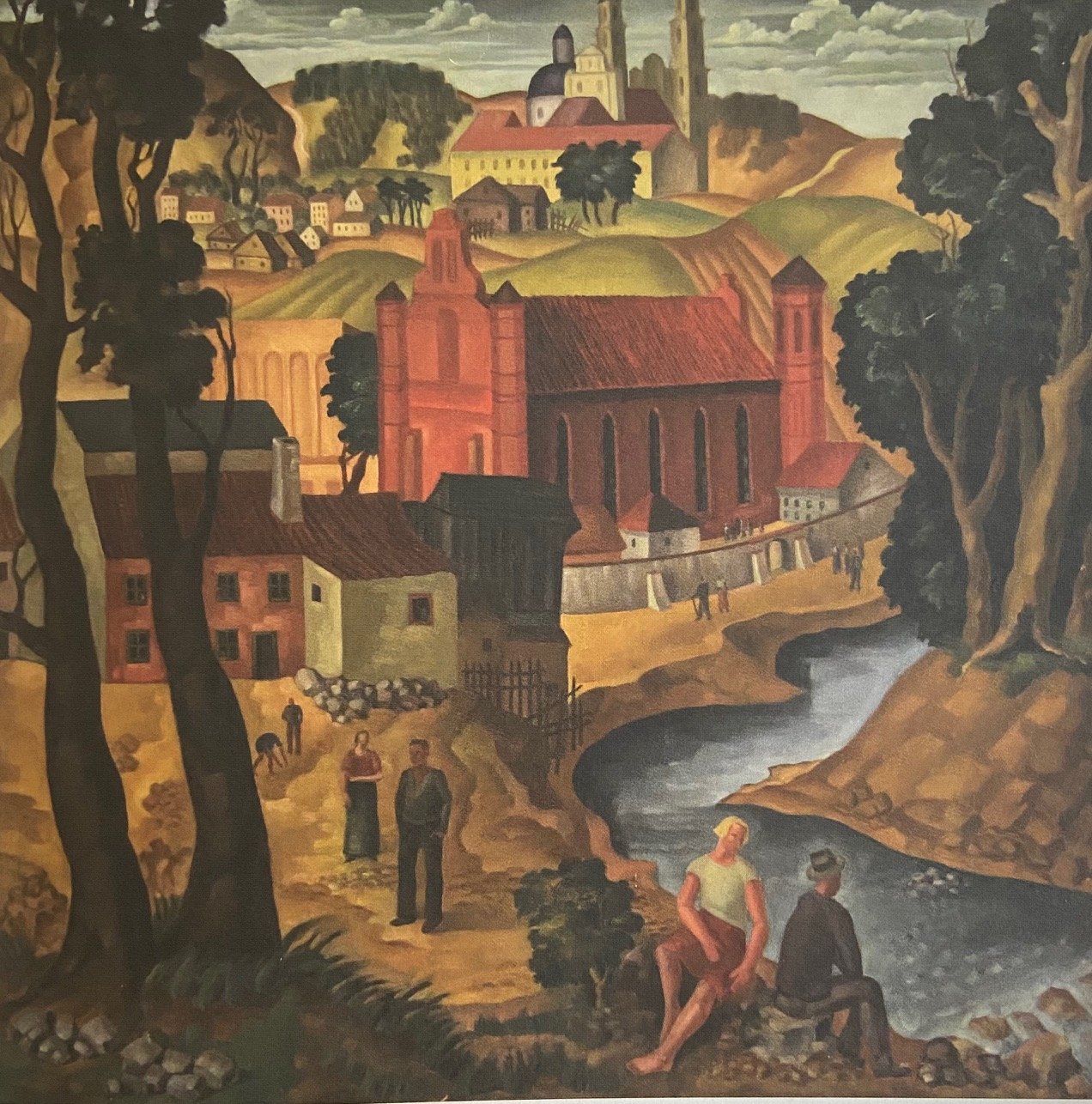
 Promo
Promo


